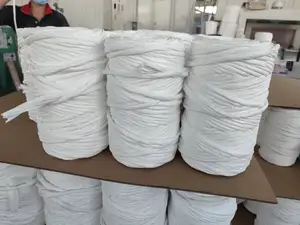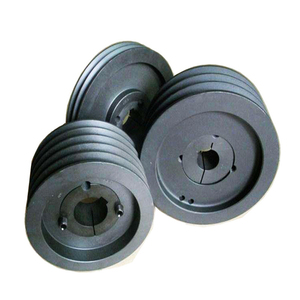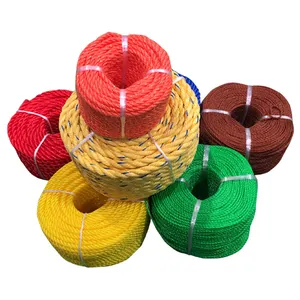When considering the merits of plastic versus traditional rope materials, it's essential to focus on suitability for specific purposes rather than a broad comparison of 'better' or 'worse.' Synthetic ropes, made from materials like polypropylene, polyethylene, polyester, and nylon, offer superior durability and resistance to weather, UV exposure, abrasion, and chemicals. They maintain their integrity even when wet, without the shrinkage that can affect natural ropes. However, synthetic ropes can contract when exposed to heat, unlike their natural counterparts.
In terms of strength, synthetic ropes are lighter yet provide greater tensile strength, making them suitable for a wide range of applications including tying, pulling, lifting, and securing. They also offer beneficial working properties such as elongation and shock absorbency. Natural fibre ropes, valued for their aesthetic and natural properties, are often chosen for general purposes like garden decoration, barrier ropes, and in sectors such as sports, theatre, agriculture, and crafts.
Environmental considerations are also pivotal in this comparison. Synthetic ropes, derived from plastics, carry the burden of pollution and potential chemical risks that can affect ecosystems and health. Conversely, untreated natural fibre ropes are renewable and biodegradable, presenting fewer environmental concerns. This comparison underscores the importance of selecting the appropriate rope material based on the specific requirements of the task at hand and the environmental impact of the materials used.







































 浙公网安备 33010002000092号
浙公网安备 33010002000092号 浙B2-20120091-4
浙B2-20120091-4